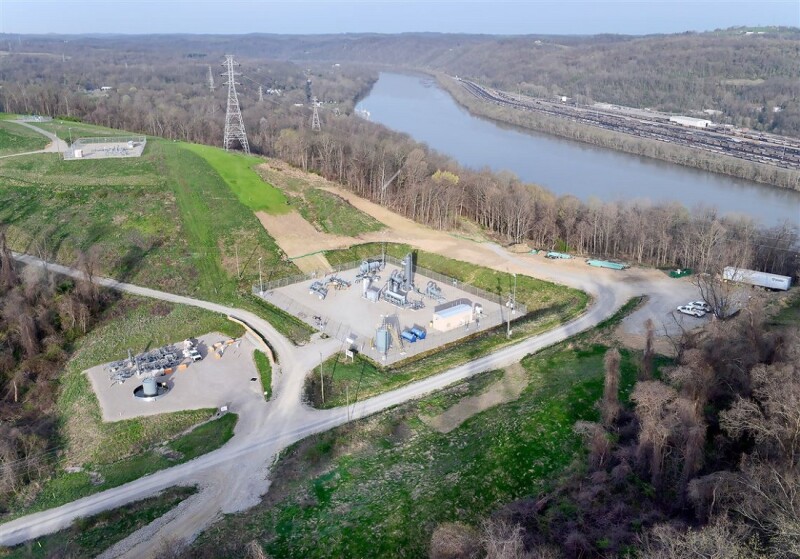Pennsylvania regulators have released a long-awaited final draft of rules to cut releases of smog-forming and climate-warming air pollution from the state’s existing oil and natural gas well sites, but they will still not require companies to find and fix leaks at tens of thousands of low-producing wells.
The rules are a last piece of the methane-reduction strategy that Gov. Tom Wolf announced nearly 6 years ago to cut down on emissions of the potent greenhouse gas from new and old sites across Pennsylvania’s oil and gas production industry.
They are expected to take effect by the middle of next year.
Scientists attribute about a third of the planet’s warming from greenhouse gases today to human-caused emissions of methane, which traps more than 80 times as much heat as carbon dioxide over 20 years. In the US, about a third of methane emissions come from the oil and gas industry.
The new state rules will require some well owners to perform leak searches four times a year and upgrade equipment already in the field to cut down on pollution from controllers, pumps, compressors, and tanks.
In total, the rules are expected to reduce emissions of a smog-forming group of chemicals called volatile organic compounds by nearly 12,000 tons per year and methane emissions by about 214,000 tons per year—more than doubling the impact that was expected when the first draft of the rules was published 2 years ago.
Mark Hammond, director of the Department of Environmental Protection’s (DEP) air quality bureau, said the major driver for that improvement was better data that state regulators gathered by looking at Pennsylvania facilities to assess the rules’ impact, rather than relying on national estimates.
The department made modest changes to the proposal after receiving comments from roughly 36,000 people and groups.
The final draft of the rules was released in advance of a meeting Thursday of DEP’s Air Quality Technical Advisory Committee.
Most notably, the DEP added a requirement for annual leak searches at a small subset of low-flowing wells on multiwell pads.
The DEP estimates there are just 38 well sites in that category.

